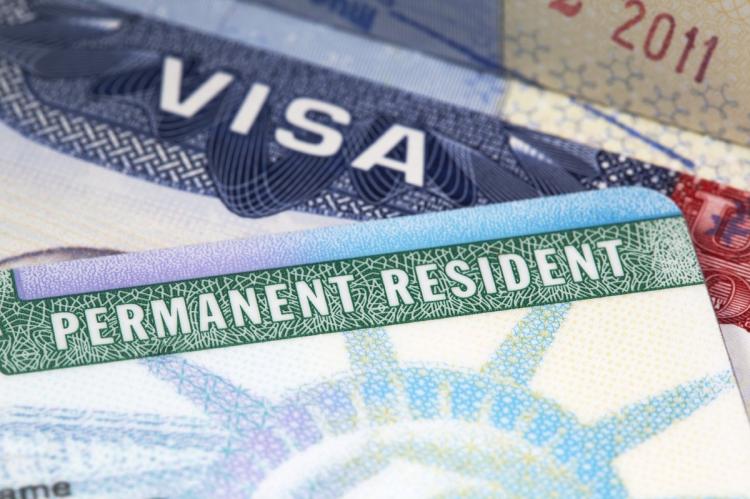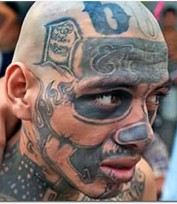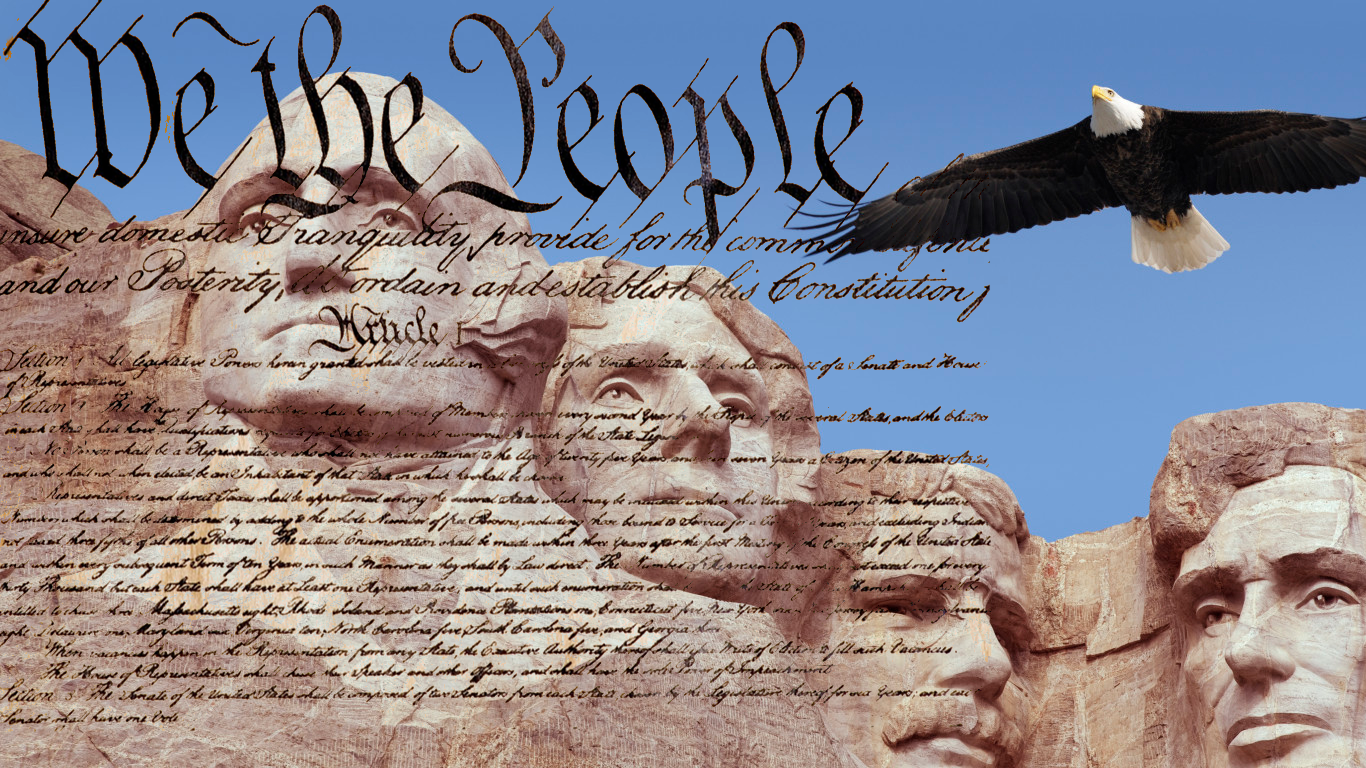The Trump administration’s full-on assault on the U.S. immigration system has continued despite the COVID-19…
Employment / H-1B / PERM
Many Foreign Nationals Without Green Cards

Some 50,000 foreign nationals with approved Lawful Permanent Residency (Green Card) applications have been waiting for months to receive their cards, which provide proof of lawful permanent resident status. Without these cards, the foreign nationals will have difficulty travelling internationally and proving employment authorization. Causing further stress to these individuals is the requirement under the,
Some 50,000 foreign nationals with approved Lawful Permanent Residency (Green Card) applications have been waiting for months to receive their cards, which provide proof of lawful permanent resident status. Without these cards, the foreign nationals will have difficulty travelling internationally and proving employment authorization. Causing further stress to these individuals is the requirement under the Immigration and Nationality Act (INA) that permanent residents should always carry their Green Cards.
How did this happen? USCIS cancelled its printing contract with an outside vendor, creating a delay in printing not only Green Cards, but also 75,000 Employment Authorization Documents. Once the printing was brought in-house with USCIS, it did not keep up with demand. The ongoing threat of USCIS employee furloughs and budgetary constraints has only exacerbated the issues. Like a Greek tragedy where everything goes wrong that can go wrong, the onset of the COVID-19 pandemic closed USCIS Field Offices, which made it impossible for individuals with approved cases to get temporary I-551 stamps proving permanent residence, foreclosing another way for them to prove their status.
Concerns over the printing problems have been raised and even litigated with respect to EAD cards. In Subramanya v. USCIS, a Consent Order was issued that set a specific schedule for EAD card production and adopted an interim rule that allows individuals with certain approved EAD applications to use their I-797 Notices of Approval as List C documents in the Form I-9 employment verification process. But that Order does not apply to and does not help those with approved Green Card applications.
Individuals with approved Form I-485 Adjustment of Status applications, but whose Green Cards have not been printed, can consider taking the following steps:
- Call the USCIS Contact Center at 1-800-375-5283 and request an appointment at a USCIS Field Office to obtain a temporary Form I-551 stamp (sometimes called an Alien Documentation, Identification and Telecommunications, or ADIT, stamp) as evidence of lawful permanent residence for purposes of employment or travel. Callers should eventually be connected to a “live” representative.
- The USCIS Ombudsman is sending weekly spreadsheets to USCIS confirming applicants whose cards are awaiting production. Requests for case assistance can be submitted to the Ombudsman at https://www.dhs.gov/topic/cis-ombudsman/forms/7001.
- If the Green Card is needed for employment authorization and USCIS will not schedule an appointment for a temporary Form I-551 stamp, try the Department of Justice Immigrant and Employee Rights (IER) Section hotline at 1-800-255-7688 (for employees) or 1-800-255-8155 (for employers) for assistance. In some circumstances, the IER can intervene with USCIS to seek additional guidance.
Those waiting for a Green Card renewal or replacement (not an initial Green Card) and have filed a Form I-90 Application to Replace Permanent Resident Card can use the receipt as a List A document for Form I-9 employment verification purposes (for up to 90 days). The receipt also may be an option for international travel, but first ask your immigration lawyer if travel is advisable.
If you have questions about your pending Green Card application, Jackson Lewis attorneys are available to assist you and to strategize about the best avenues to pursue.
Source: Waiting for Green Cards
,

Employment / H-1B / PERM
The Green Card Process Through the Lens of a DMV Visit

As an immigration attorney, I try to provide clients with a basic, yet insightful, understanding of various aspects of a complex immigration system. It’s not always easy, but I often find analogies to something commonplace can be helpful. One analogy I’ve found to work well to explain the green card process beyond describing its mere,
As an immigration attorney, I try to provide clients with a basic, yet insightful, understanding of various aspects of a complex immigration system. It’s not always easy, but I often find analogies to something commonplace can be helpful. One analogy I’ve found to work well to explain the green card process beyond describing its mere sequence of form filings likens the process to a visit to a Department of Motor Vehicles (DMV) office.
In my practice area of business immigration law, green card processes are mostly employment-based and involve the successive filing of a labor certification application, immigrant petition, and adjustment of status application (with the first not always required and the latter two sometimes eligible for concurrent filing). So I’ll refer to these types of filings in describing the analogy here. But variations of the analogy may be equally applicable to other types of green card processes, such as those in which the aspiring permanent resident will apply for an immigrant visa overseas rather than adjustment of status within the United States, as well as those based on family relationships and those available to asylees and refugees.
The trappings of a visit to the DMV, no matter the state, may be familiar to you: the issuance of a waiting number determining your place in a queue, followed by a long wait for your number to be called at one of several counters to file required paperwork, followed yet again by a lengthy wait for your paperwork to be processed, and eventually – hopefully – approved without issue. The counter at which you’ll be called, and the length of the corresponding queue (or maybe in some fortunate instances, the absence of one altogether), often depends on specific factors, such as the type of service you’re seeking.
Just as you’re issued a waiting number upon entry into a DMV office, aspiring permanent residents are issued a priority date when the first major filing in their green card process (either the labor certification application or immigrant petition) is submitted. The priority date is the date this first filing is submitted and determines, once the immigrant petition is approved, the aspiring permanent resident’s place in any existing queue to apply for adjustment of status.
Similar to how you wait at the DMV for your number to be called to file your paperwork at the appropriate counter, aspiring permanent residents face varying wait times for their priority date to be “called” at a designated “counter” to apply for adjustment of status. The “counter” in the green card process at which aspiring permanent residents must apply for adjustment of status is based on a combination of two main factors: their immigrant classification (which, when speaking with clients, I refer to as their “green card category”) and their country of chargeability (which I refer to as their country of birth). Aside from some significant exceptions outside of the employment-based green card process,[1] the law limits the supply of green cards available each fiscal year. Because the law allocates this limited supply based on a combination of both immigrant classification and country of chargeability, queues form at “counters” where the demand for green cards exceeds the available supply. And the more severely demand exceeds supply, the longer the queue will be. This analogy helps to show why EB-2 and EB-3 immigrants born in India and China are often confronted with waits lasting many years for their priority date to be “called” at their designated counters,[2] while EB-2 and EB-3 immigrants born in most other countries often face no such queue. In technical terms, the existence of a queue at a given “counter” means the availability of green cards associated with that counter’s classification and chargeability combination is “retrogressed.” If there’s no queue, green card availability at that counter is “current.”
A visit to the DMV often entails a wait of several hours sitting and keeping watch of your designated counter at it serves the visitors who arrived before you until your own number is finally called. Likewise, many aspiring permanent residents monitor the often plodding, month-to-month movement of “cut-off dates” in the Bureau of Consular Affairs’ monthly Visa Bulletins for the designated “counter” at which they must apply for adjustment of status.[3] The Visa Bulletin for a given month contains various charts showing whether a queue for filing an adjustment of status application exists for any classification and chargeability combination, and if so, how long the queue is. Combinations for which there is no queue are assigned a “C” notation, indicating that green card availability is current and that the adjustment of status application can thus be filed at any time that month, including in concurrence with an immigrant petition if it has not already been approved, and assuming any prerequisite labor certification has been granted. Combinations for which there is a queue, and for which green card availability is thus retrogressed, are denoted by a “cut-off date,” with older dates reflecting longer queues. Aspiring permanent residents seeking to adjust status at a “counter” at which green card availability is retrogressed can track their place in the queue by comparing their priority date with the applicable cut-off date each month. Priority dates that fall before the applicable cut-off date in a given month are those that have been “called,” indicating that much like counters at which green card availability is current, an adjustment of status application can be filed at any time that month, including in concurrence with an immigrant petition if it has not already been approved, and assuming again that any prerequisite labor certification has been granted.
Like processing of paperwork filed at a counter at the DMV, processing of an adjustment of status application may take a long time. But eventually – hopefully – the application is approved without issue. And unlike a visit to the DMV, having qualified counsel during the green card process can make all the difference in one’s chance of success.
[1] For example, “immediate relatives” (spouses and children of US citizens, and parents of US citizens if the citizen is at least 21 years old) are exempt from annual numerical limits on green card availability. INA 201(b)(2)(A)(i).
[2] Aspiring permanent residents for whom the queue for applying for adjustment of status involves a wait of several years, such as EB-2 and EB-3 immigrants born in India and China, commonly change jobs or employers in the course of their wait. Such a change can require a restart of the green card process since employment-based green card processes are generally job and employer specific. But to allow aspiring permanents residents who change jobs or employers to keep their place in queue, the law permits them to retain their priority date under certain conditions if they are the beneficiary of a previously approved EB-1, EB-2, or EB-3 immigrant petition, and likewise become the beneficiary of an approved EB-1, EB-2, or EB-3 immigrant petition based on their new job or employer. 8 CFR 204.5(e).
[3] US Citizenship and Immigration Service also publishes monthly updates indicating whether to use the Visa Bulletin’s Dates for Filing charts or its Final Action Dates charts, to determine whether an adjustment of status application may be filed.
Source: The Green Card Process Through the Lens of a DMV Visit
,
-

 Un5 years ago
Un5 years agoPERM Process Flow Chart
-

 Enforcement News15 years ago
Enforcement News15 years agoFake ID Makers Arrested In Dallas
-

 BREAKING5 years ago
BREAKING5 years agoPERM Recruitment Advertising, How It Works.
-

 Today's News13 years ago
Today's News13 years agoImmigration: Gangster Tats = Visa Denied
-

 BREAKING5 years ago
BREAKING5 years agoUSCIS Statement Throws Constitution Out the Window
-

 BREAKING3 years ago
BREAKING3 years agoHouse Republicans push asylum restrictions, border security
-

 BREAKING4 years ago
BREAKING4 years agoDeSantis parts with Trump in response to Surfside tragedy
-

 BREAKING3 years ago
BREAKING3 years agoBiden is ignoring immigration issues, voters say in poll




